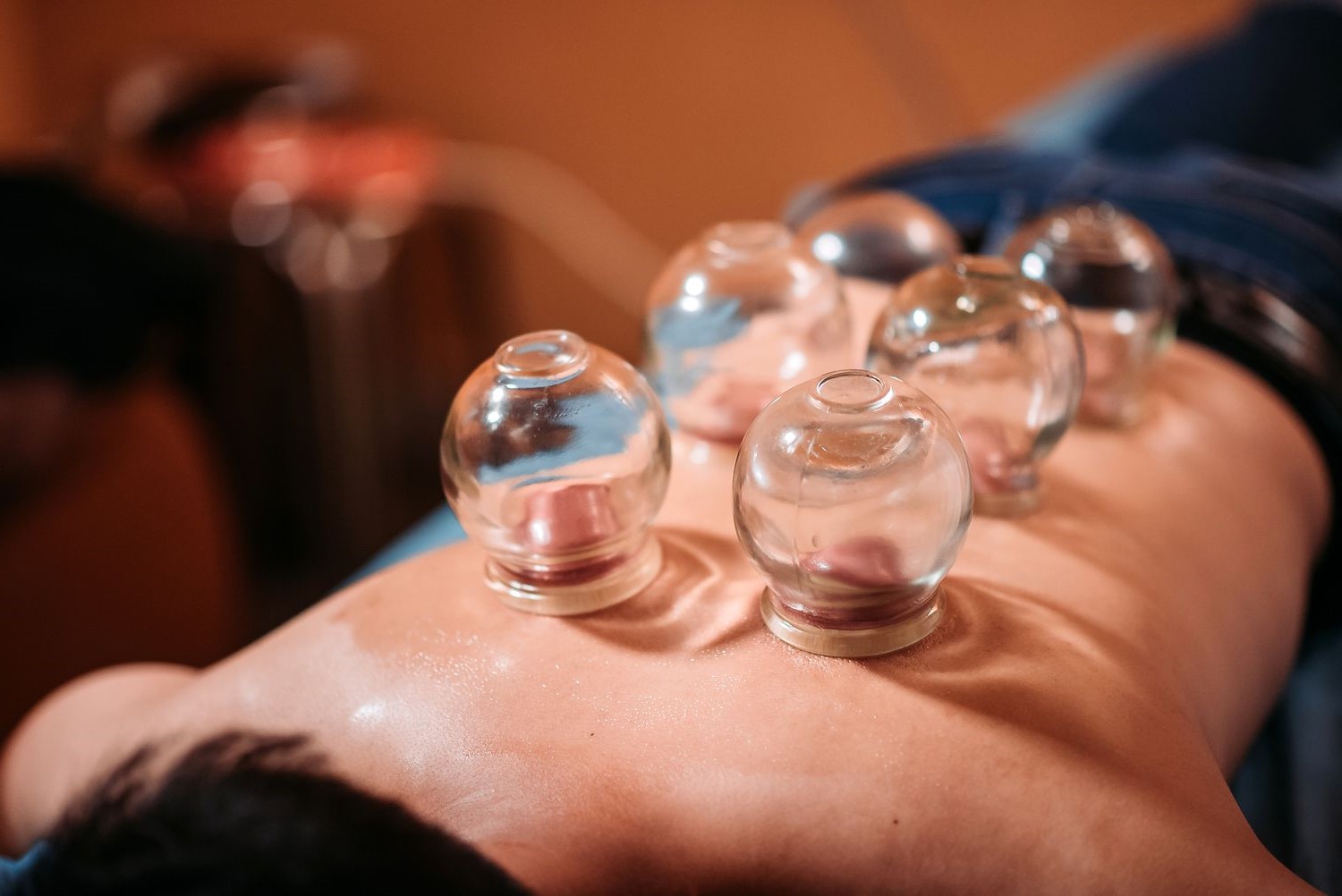
Cupping is an ancient therapy that has been around for thousands of years. But what exactly is it? Cupping involves placing cups on the skin to create suction, which many believe helps with pain, inflammation, blood flow, and relaxation. This practice has roots in traditional Chinese medicine but has gained popularity worldwide. Celebrities and athletes often showcase their cupping marks, sparking curiosity and interest. Whether you're a skeptic or a believer, there's no denying the intrigue surrounding this age-old technique. Ready to learn more? Here are 20 fascinating facts about cupping that might just surprise you!
What is Cupping?
Cupping is an ancient therapy that involves placing cups on the skin to create suction. This practice dates back thousands of years and is believed to help with various ailments. Here are some fascinating facts about cupping.
-
Ancient Origins: Cupping therapy has roots in ancient Egyptian, Chinese, and Middle Eastern cultures. The Ebers Papyrus, one of the oldest medical textbooks in the world, mentions cupping.
-
Types of Cupping: There are two main types of cupping: dry and wet. Dry cupping involves suction only, while wet cupping includes both suction and controlled medicinal bleeding.
-
Materials Used: Traditionally, cups were made from bamboo, clay, or glass. Today, cups are often made from plastic or silicone.
-
How It Works: The suction created by the cups is believed to increase blood flow to the area, which can help with healing and pain relief.
Health Benefits of Cupping
Many people turn to cupping for its potential health benefits. Here are some of the ways cupping might help improve your well-being.
-
Pain Relief: Cupping is often used to relieve muscle pain and tension. The increased blood flow can help reduce inflammation and promote healing.
-
Improved Circulation: By drawing blood to the surface, cupping can improve overall circulation, which is essential for good health.
-
Detoxification: Some practitioners believe that cupping helps remove toxins from the body by improving lymphatic drainage.
-
Relaxation: The suction and pressure can help relax muscles and reduce stress, making cupping a popular choice for those seeking relaxation.
Cupping in Modern Medicine
While cupping is an ancient practice, it has found a place in modern medicine as well. Here are some ways cupping is used today.
-
Sports Therapy: Many athletes use cupping to help with recovery and performance. It gained widespread attention when Olympic swimmer Michael Phelps was seen with cupping marks during the 2016 Rio Olympics.
-
Chronic Pain Management: Cupping is sometimes used as part of a treatment plan for chronic pain conditions like fibromyalgia and arthritis.
-
Respiratory Issues: Some practitioners use cupping to help with respiratory problems like asthma and bronchitis by improving airflow and reducing congestion.
-
Digestive Health: Cupping is also used to help with digestive issues by stimulating the digestive organs and improving metabolism.
The Process of Cupping
Curious about what happens during a cupping session? Here's a look at the process.
-
Preparation: The skin is usually cleaned and sometimes lubricated with oil to help the cups move smoothly.
-
Creating Suction: The practitioner creates suction by heating the air inside the cup or using a pump. The cup is then placed on the skin.
-
Duration: Cups are typically left in place for 5-20 minutes, depending on the treatment plan.
-
Aftercare: After the cups are removed, the skin may be massaged to help with circulation. It's common to see circular marks where the cups were placed.
Risks and Considerations
While cupping can offer many benefits, it's important to be aware of the potential risks and considerations.
-
Skin Reactions: The suction can cause bruising, redness, and sometimes blistering. These marks usually fade within a few days.
-
Infection Risk: Wet cupping, which involves small incisions, carries a risk of infection if not done properly.
-
Not for Everyone: Cupping is not recommended for people with certain health conditions, such as skin ulcers, bleeding disorders, or those who are pregnant.
-
Consult a Professional: Always consult with a qualified healthcare provider before starting cupping therapy to ensure it's safe and appropriate for your needs.
The Final Scoop on Cupping
Cupping therapy, with its ancient roots and modern-day applications, offers a fascinating blend of tradition and innovation. From improving blood flow to alleviating pain, this practice has captured the interest of many seeking alternative treatments. While some scientific studies support its benefits, others remain skeptical, highlighting the need for more research. Regardless, many people swear by its healing properties and relaxation effects. If you're curious about trying cupping, consult a qualified practitioner to ensure it's right for you. Whether you're looking to boost your health or simply explore new wellness trends, cupping provides a unique experience worth considering. So, next time you hear about those mysterious circular marks, you'll know there's more to the story than meets the eye.
Was this page helpful?
Our commitment to delivering trustworthy and engaging content is at the heart of what we do. Each fact on our site is contributed by real users like you, bringing a wealth of diverse insights and information. To ensure the highest standards of accuracy and reliability, our dedicated editors meticulously review each submission. This process guarantees that the facts we share are not only fascinating but also credible. Trust in our commitment to quality and authenticity as you explore and learn with us.


